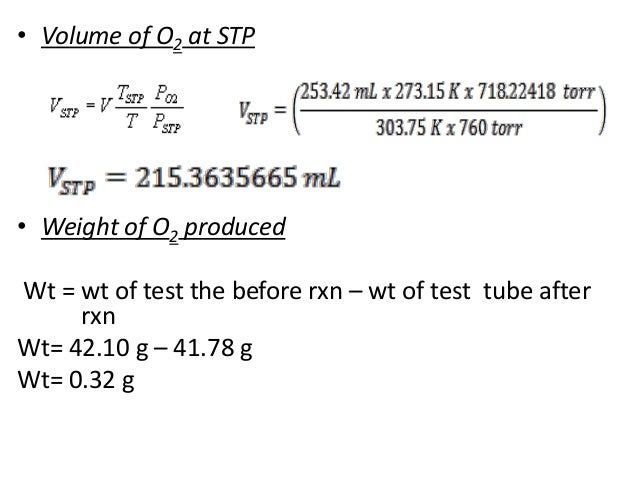

Molar Mass of Calcium hypochlorite (Ca(ClO)2).Molar Mass of Aluminum sulfate (Al2(SO4)3).Our molar mass calculator has this for a variety of other compounds: sodium chloride,Ĭarbon dioxide, sulfuric acid, glucose. For example:įinding Molar Mass for Other Chemical Compounds Simply take each element and multiple it by the number of times the bracketed structure occurs.

We don't have brackets implemented (yet), so you will need to unpack any bracketed expressions. It solves for total mass of a molecular formula (average molecular weight).įrom there we break the formula for Hydrogen Peroxide into parts. The molar mass calculator - it will show the count of atoms, the atomic weight of each element, and the molecular weight for the molecule. We present the results in a table at the bottom of Then weĬompare each atom against a table of the standard atomic weights for that element. We take the formula you provide (NaCl - common table salt - in our default example) and unpack it into the component elements. Other terms: atomic mass of Hydrogen Peroxide, molar mass of Hydrogen Peroxide, molecular mass, How Does The Molar Mass Calculator Work? Use the mole ratio and empirical formula to understand the limits of the reactants. Percent yield calculator which can help you apply this to actual experiments.

This project started with as a molar mass calculator for chemical reactions. Note that the calculator assumes a pure substance - if you'reĪware of dilution or impurities, make appropriate adjustments for the molarity of a given substance. The calculator takes the elemental composition of the compound and weighs the elements to get an The molar mass of a chemical compound based on the compound's empirical formula. Need to know the atomic mass of a Hydrogen Peroxide molecule? Our molar mass calculator uses the periodic table and the chemical formula to solve for In the box above.Solving for the atomic mass of Hydrogen Peroxide (H2O2) The answers should display properly but there are a few browsers that will show 001 and 1,000 will be displayed in standard format (with the same number of

The default setting is for 5 significant figures but you can change thatīy inputting another number in the box above.Īnswers are displayed in scientific notation and for easier readability, numbers between Mass 2 = 4² × 2.0158 ÷ 1² giving us our answer Mass 2 = (Rate 1)² × Mass 1 ÷ (Rate 2)² then we plug in the numbers: We now have have to solve for Mass 2 and so we algebraically rearrange Graham's Law producing this formula: Hydrogen's diffusion rate a value of 4 (rate 1) and the rate of the other gas is simply 1 (rate 2). The atomic mass of hydrogen is 1.0079 and since hydrogen is diatomic, the molecular mass of H₂ is 2.0158 (mass 1). If we know (from problem #2) that the molecular mass of chlorine is 70.906, then what is the molecular mass of oxygen?Ĥ) What is the molecular weight of a gas that diffuses 4 times slower than hydrogen? Oxygen diffuses 1.4886 times faster than chlorine. (Rate 2)² = (Rate 1)² × Mass 1 ÷ Mass 2 then we plug in the numbers: We will assign the value of 1 (rate 1) for chlorine's rate of diffusion. Looking at Graham's Law, we can see that:Ģ) How much faster will hydrogen diffuse than chlorine?īoth chlorine (atomic mass 35.453) and hydrogen (atomic mass 1.0079) are diatomic and so their molecular masses are 70.906 (Mass 1)Īnd 2.0158 (Mass 2). The other gas has a molecular mass of 10 (mass 2) and we will assign its rate the value of 1 (rate 2). Graham's Law of Diffusion applies to both the diffusion and effusion rates of gases.ġ) How much faster will hydrogen diffuse than a gas that has a molecular mass of 10? All containers have extremely small "holes" in them through which a gas mayĮscape such as the way helium "escapes" from a balloon in just a few days. Stated in simpler terms, lighter gases (in terms of density or molecular weight) will diffuse faster than those gases with higher densities orĭiffusion is the process in which one gas distributes itself within another, such as the way perfume is disseminated throughout a room.Įffusion is the manner in which a gas escapes from a container. It states that the diffusion rate of a gas is inversely proportional to the square root of its molar mass (molecular weight). The equation at the top of this page is Graham's Law of Diffusion, named after the Scottish chemist Thomas Graham (1805 - 1869). Scroll to the bottom for instructions and four examples.


 0 kommentar(er)
0 kommentar(er)
